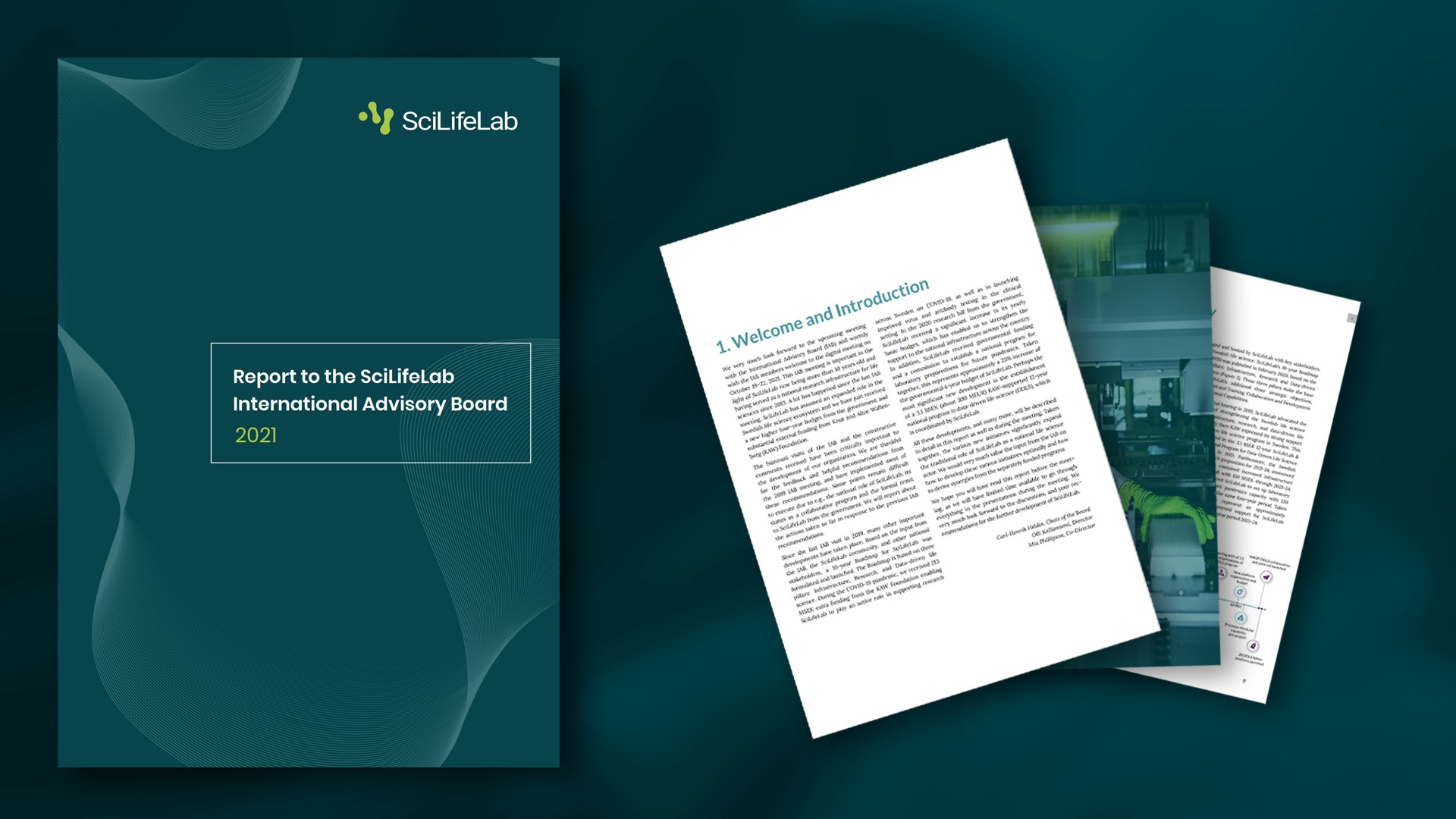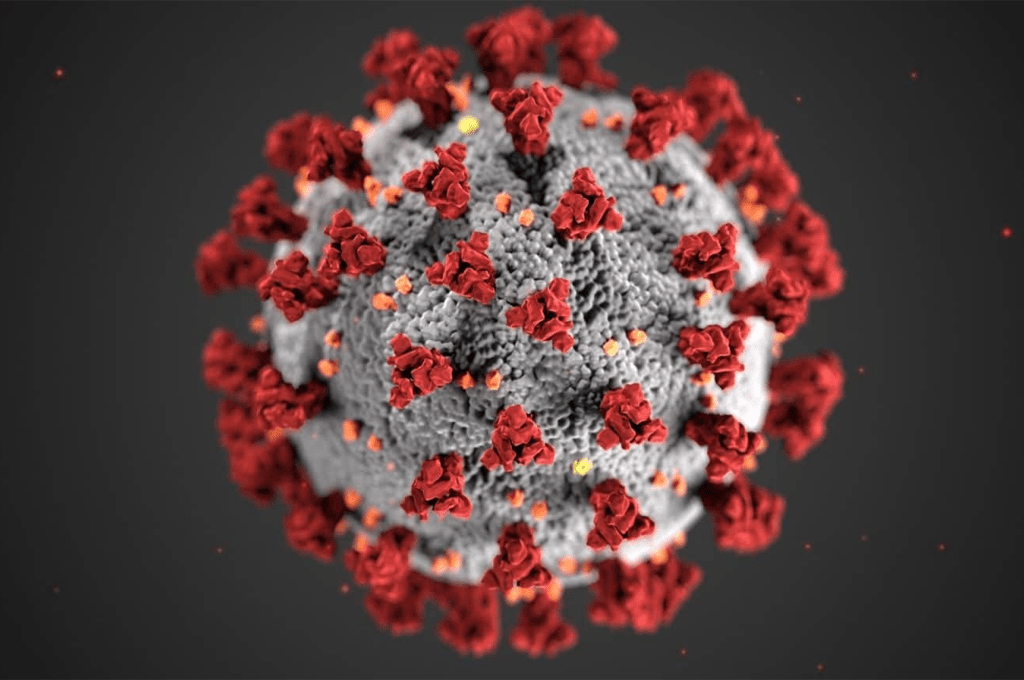SciLifeLab report to the International Advisory Board 2021
Today, SciLifeLab publishes the 2021 year’s report to the International Advisory Board (IAB). The report summarizes SciLifeLab’s response to the recommendations given by the IAB after the last site visit in 2019 as well as activities impacting SciLifeLab’s organization, achievements, and developments from 2019 to 2021. The IAB is evaluating SciLifeLab during this week based on this report and presentations by the SciLifeLab staff.
Every other year, the International Advisory Board meets with SciLifeLab to give feedback on recent development and strategic advice for future. The biannual visits of the IAB and the constructive comments received have been critically important to the development of SciLifeLab. Since the last IAB visit in 2019, major work has focused on topics such as:
- Infrastructure evaluation and the resulting new platform organization
- Campus Solna research and infrastructure community
- Covid-19 research and pandemic laboratory preparedness
- Establishment of SciLifeLab sites outside the Stockholm/Uppsala region
- Establishment of formal collaborations with other national and international research infrastructures (e.g., MAX IV, ESS, and EMBL)
- Data handling and launch of the SciLifeLab & Wallenberg National Program for Data-Driven Life Science (DDLS)
With the IAB recommendations from 2019 as a starting point, SciLifeLab set out to develop a long-term strategy for 2020–2030. SciLifeLab leadership and the entire organization were engaged, including the infrastructure platforms and the wider SciLifeLab community. As part of the process, in September 2019 a national hearing was arranged and hosted by SciLifeLab with key stakeholders from Swedish life science. SciLifeLab’s 10-year Roadmap 2020–2030 was published in February 2020, based on the three pillars: Infrastructure, Research and Data-driven life science. These three pillars make the base for SciLifeLab’s additional three strategic objectives; Recruitment and Training, Collaboration and Development of Translational Capabilities.
With SciLifeLab’s research community steadily growing, a SciLifeLab Group Leader definition has been established. The scientific output and impact of the SciLifeLab infrastructure and research community remains high as documented in the report. Through the development and implementation of SciLifeLab capabilities, our infrastructure and research communities are getting more tightly connected.
SciLifeLab’s mission is to advance the Swedish life science community and to promote science that would otherwise not be possible. Our strategic objectives are:
- Provide unique life science infrastructure
- Develop world-class research environments
- Attract scientific excellence and provide advanced training
- Collaborate across sectors and borders
- Build capabilities for translation and innovation
- Create a national framework for data-driven life science





